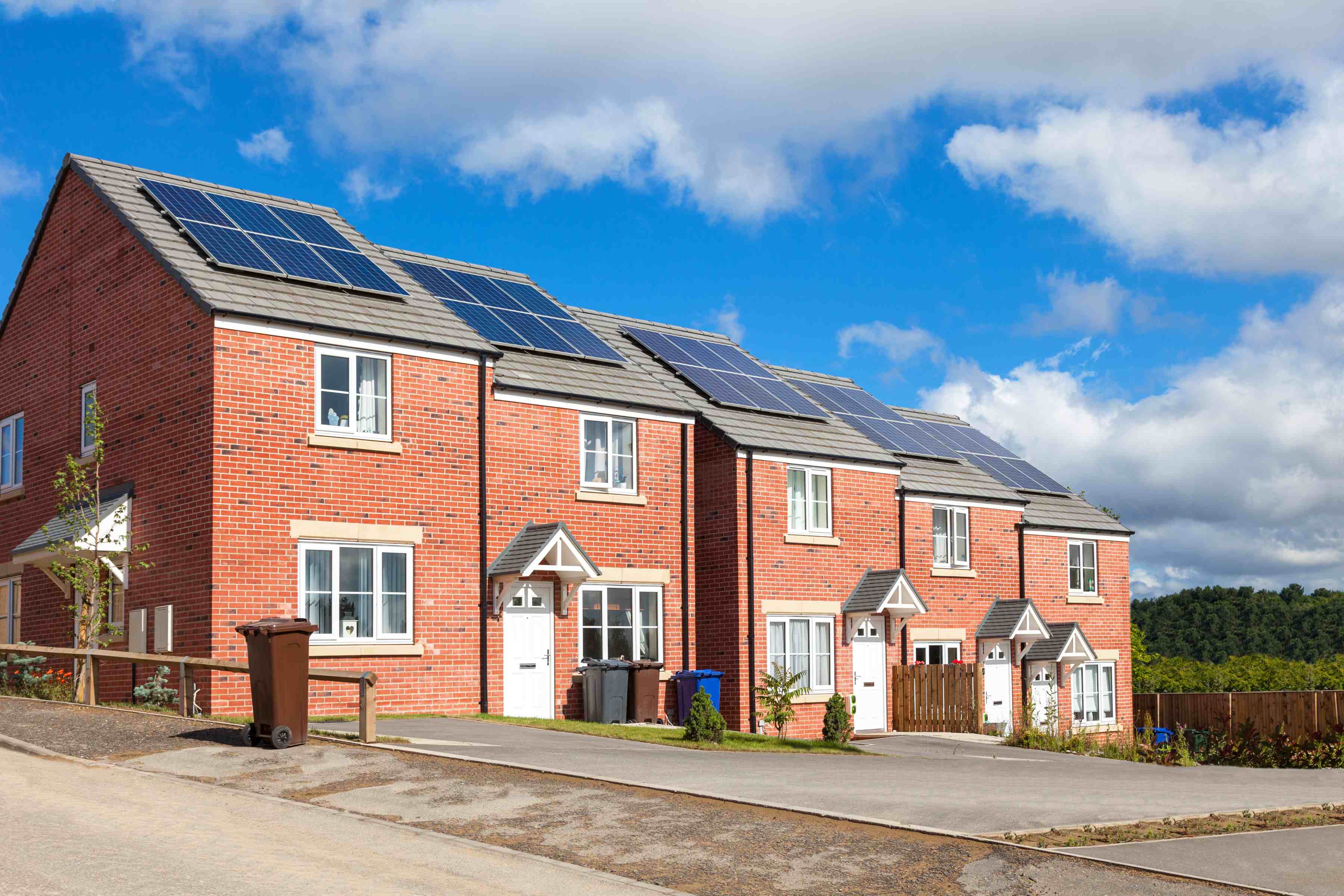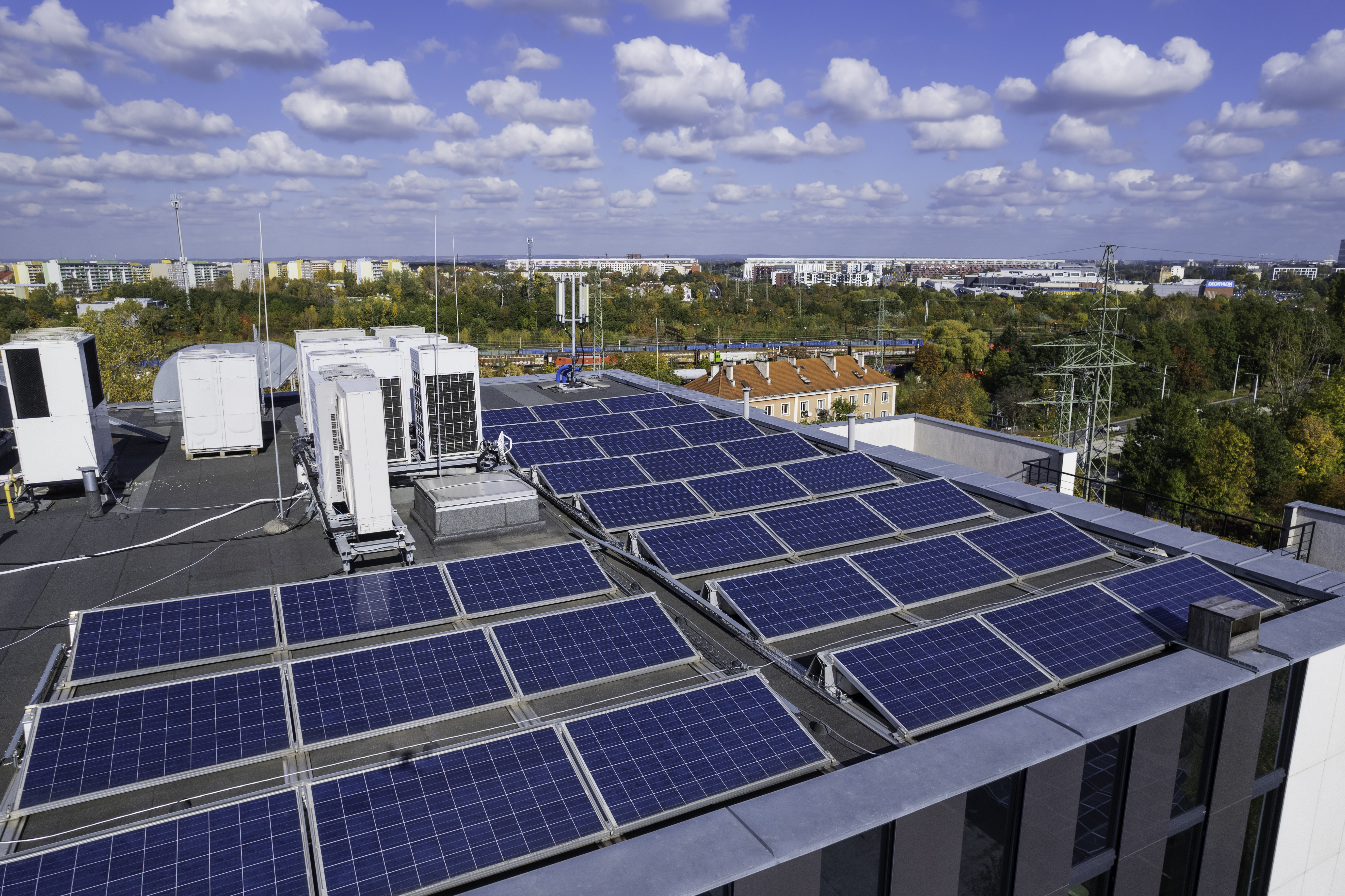Making the most of your solar panels

If you have a PV installation, or are thinking of getting one, you’ll want to know how to get the best value from your installation.
Monitoring your solar PV generation
To make the most of your PV system, you need to know how much electricity it is generating. Your PV installation should have a display that will show you its current generation. Sometimes this can be in an inaccessible place such as a loft. If that is the case, you can purchase an energy monitoring system which can give you a lot more information and even tell when you have a surplus of electricity to use.
Making the most of your solar PV
‘Self-consumption’ – using the electricity you produce rather than exporting it to the grid – is the best way to make the most of your PV installation. This is because using the electricity your PV is generating saves you having to buy it from your supplier at the current price cap of 27p/kWh (as at Nov 2023). If you were to instead export that electricity, you’d be paid your export value under your smart export guarantee (SEG) tariff – for which prices are around 5p/kWh. In other words – you’d make 24p/kWh more by self-consuming your generated electricity.
The cheapest way to increase your self-consumption is to shift your existing consumption to when your PV system is generating the most electricity. For example, you could make a list of the power ratings of your appliances, and keep it near to your generation monitor. You can then make decisions about which appliances could be turned on – for example, putting your washing on whilst your PV system is generating. This can be made even easier by using timer plugs or appliances’ own timing settings, so that you can programme them to turn on when you know the panels generate the most electricity.
Battery storage
You could also consider getting a battery which works in conjunction with your PV system. This will allow you to store electricity when your panels are generating and release it when you are consuming it. Unfortunately, batteries are quite costly, so it is best to try and maximise your usage first. Find out more about if a battery is right for you here.
There are many other options out there that help increase the amount of electricity you can use on site. Examples include home optimiser systems or power diverters; but these need other flexibility technologies, such as heat batteries or hot water tanks to function most effectively, which increases the overall cost. Electric vehicles consume a large amount of electricity, and charging tends to align with solar generation.
Exporting to the grid
Generally, there will be a limit to how much electricity you can export to the grid – 3.68kW per phase. But what happens if you have a PV installation of say 4kW? For most of the time, a 4kW installation will output less than the 3.68kW that the inverter can handle. But when it is more, the “extra” electricity output will be lost. This means that having a larger solar installation will not necessarily increase the electricity (and therefore benefit) you get from your installation. The inverter capacity acts as a hard limit on your electricity generation – which is worth bearing in mind!
Other solar tools and models
Solar Wizard aims to allow quick evaluation of your solar potential wherever you are in the country but there are other great tools and models out there! More detailed finances can be examined with the Community Energy London financial models. The Greater London Authority developed the London Solar Opportunity Map – and because this is produced specifically for London, its results may be more accurate than Solar Wizard. The Energy Saving Trust has also created a solar energy calculator.





